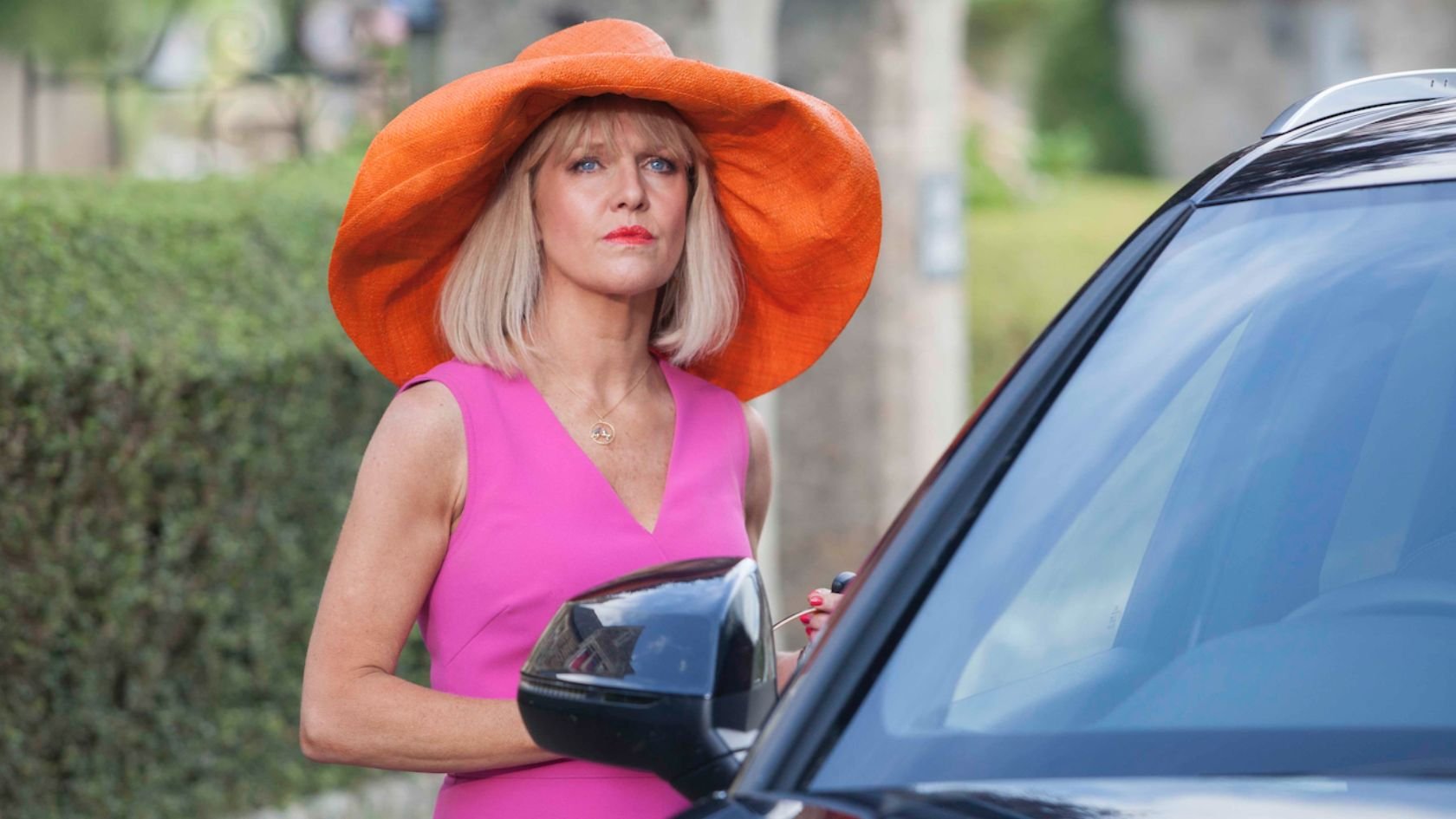Why Brands Are Replacing Influencers With In-House Creators.
This isn’t the end of influencer marketing, but brands are owning the voice, the narrative, and the ROI.
There’s never been a better time to be your brand’s frontman (or woman).
Once upon a time, influencers were the darlings of digital marketing - jetting off to retreats, hashtagging their way through #sponsored posts, and helping brands chase virality. But in 2025? The script has flipped. Big time.
According to a recent New York Times piece, a growing number of brands, especially in fashion, lifestyle, and beauty, are ditching outside influencers in favor of something way more intimate: in-house creators who look and sound like the customer.
These aren’t traditional spokespeople. They’re regular employees and freelance content creators like Sarah Tang who make short-form videos that feel like influencer content but live entirely on the brand’s own channels. Think: GRWMs, studio tours, “what’s for lunch in the office,” and behind-the-scenes bits that are more lo-fi than luxe.
The Goal? Ads That Don’t Feel Like Ads.
These videos aren’t pushing hard sells. They’re built to blend in and to spark curiosity, not conversions (at least not overtly). Viewers might not even realize they’re watching branded content.
Why does it work? Because we’re in the age of peer-to-peer marketing. As Emma Shepherd of Damson Madder explains, customers don’t want to be told what to wear or buy. They want to discover it organically, authentically, and from someone who feels like them.
From Influencers to Insiders
Brands like Loewe, Mejuri, Poppi, Ganni, and Baboon to the Moon are all in on this trend. Even Vogue is tapping into its staffers to create casual, creator-style content. It’s not just cheaper and faster to produce but it’s what audiences are actually engaging with.
One standout example: Dusen Dusen brought in Sarah Tang as an in-house content creator after she built buzz at Baboon to the Moon. With a dry sense of humor and a knack for TikTok, Tang creates content that looks like a friend’s feed, not an ad campaign. The set? A cozy studio staged to look like a lived-in Brooklyn apartment. The vibe? Unfiltered, funny, and intentionally unpolished.
Why It Works (and Why It Matters)
🧠 It’s human.
You’re not hearing from a celeb on a yacht, you’re hearing from the assistant designer in a Brooklyn studio showing off their lunch.
🎥 It’s endless.
Social media demands a constant flow of content. In-house creators can create daily, on-brand, and algorithm-optimized content without the delay or price tag of outside partnerships.
💸 It’s efficient.
No more negotiating one-off contracts. No more tone-deaf collabs. Just homegrown talent making scroll-stopping content that feels right.
✅ Key Takeaway for Lifestyle Brands:
Owned Trust: Brands want sustainable, authentic content that isn’t beholden to algorithms or creator schedules.
Deep Engagement: From DMs to staff vlogs, teams are emphasizing genuine, conversational brand interactions.
Efficiency + Scale: In-house influencers offer speed, consistency, and cost savings.
Community Building: Brands aren’t just talking at their audience, they’re building brand-led creator communities.
But There’s a Catch…
This approach isn’t without its challenges. In-house creators often wrestle with the emotional toll of blurring the line between “me” and “brand.” Tang herself now sets firm boundaries - filming only in the office and no longer featuring friends or her home life.
As she puts it: “When I’m on camera for the brand, I am the brand.” Which works for now. But as the attention economy evolves, even brands embracing this model will need to prioritize creator care and authenticity.
TL;DR Takeaways for Founders & Marketers
The “office influencer” is in.
Lo-fi beats luxury in 2025’s content climate.
Audiences crave realness. They want behind-the-scenes peeks and personal POVs.
You don’t need a 100K follower count to win. You just need a camera, a vibe, and a calendar.
Want to experiment with this model?
✨ Want to try the in-house creator strategy but feel awkward on camera? Or maybe you’re sitting on a goldmine of brand stories and just need a push to share them? That’s exactly why we created our Visibility Challenge: a 30-day sprint to help founders like you show up, speak out, and stand apart.
📲 Whether you’re ready to be the face of your brand or just want to build scroll-stopping content without the cringe, we’ll show you how to do it: step by step, script by script.
👉 Ready to stop lurking and start leading?
Join the Visibility Challenge here and let’s turn that camera roll into your brand’s secret weapon. 💥
🎬 The future of brand content isn’t influencer marketing. It’s inside marketing, and it’s already here.










